Ableton Live Tutorial: Pitch and Transposition – Part Two
Martin Delaney continues this pitch and transposition tutorial in Ableton Live with more in his step-by-step guide… 7: The Pitch MIDI Effect Device lets you transpose MIDI notes in semitones, and to filter out notes beyond a specified range. Try it on track 3 in our set – pitch that up 12 semitones (one octave). […]
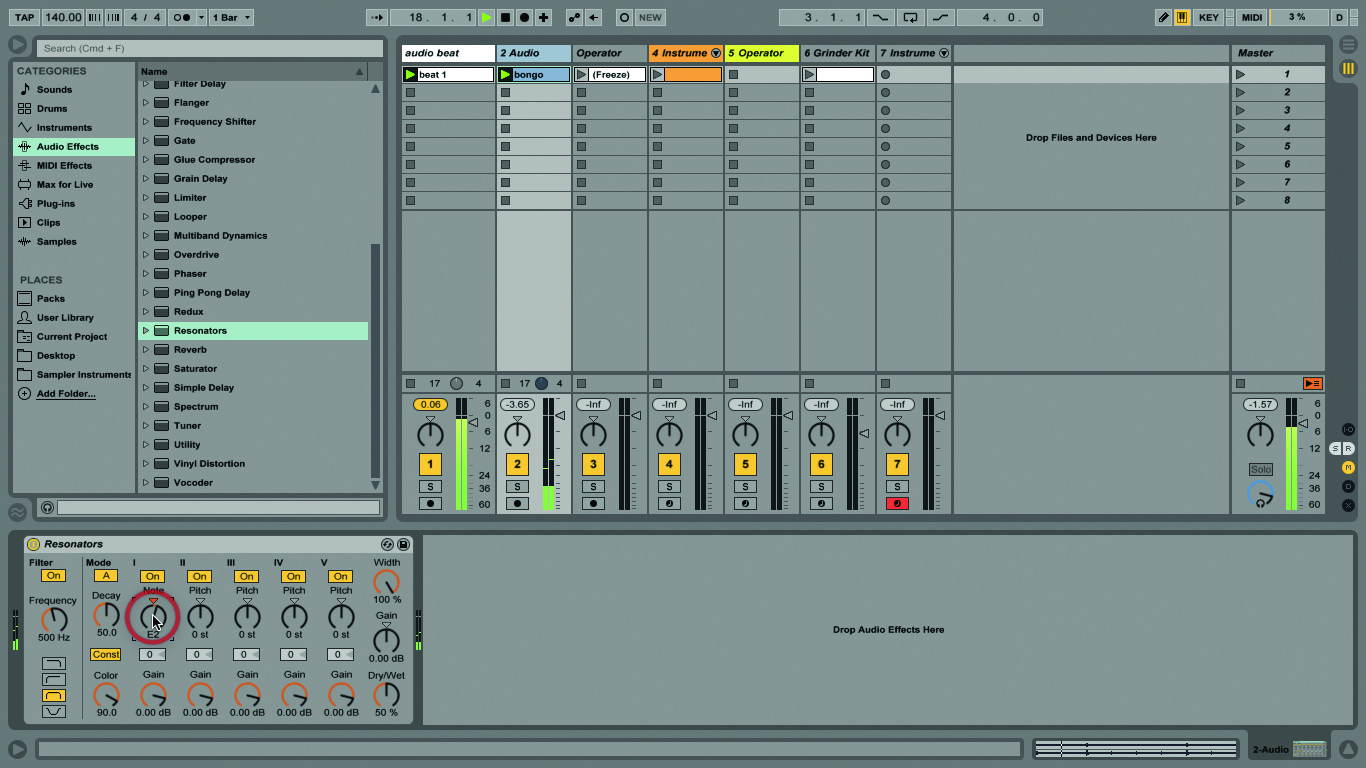
Martin Delaney continues this pitch and transposition tutorial in Ableton Live with more in his step-by-step guide…
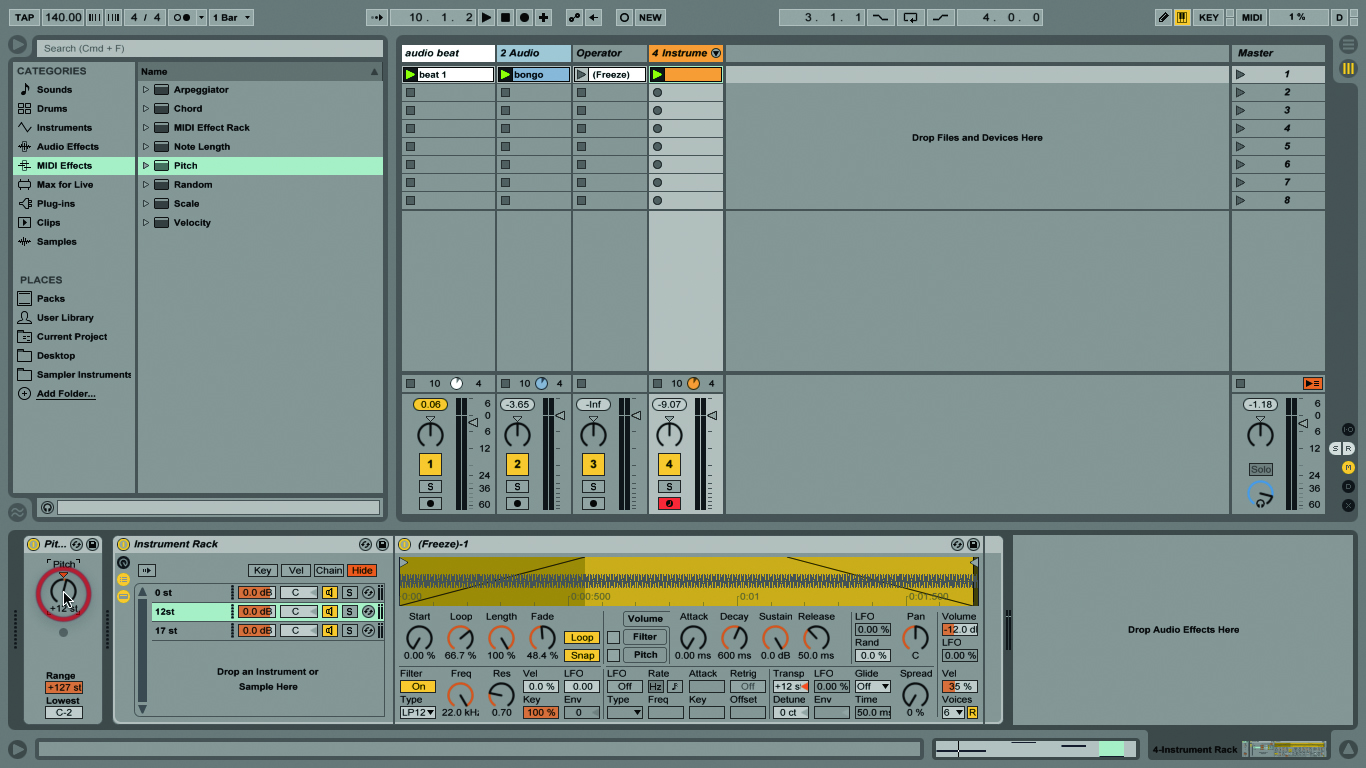
7: The Pitch MIDI Effect Device lets you transpose MIDI notes in semitones, and to filter out notes beyond a specified range. Try it on track 3 in our set – pitch that up 12 semitones (one octave).

8: The Scale effect forces incoming notes into the defined scale. By combining this with Pitch we can change the root note and scale of a track in real time without doing any programming within the clips.
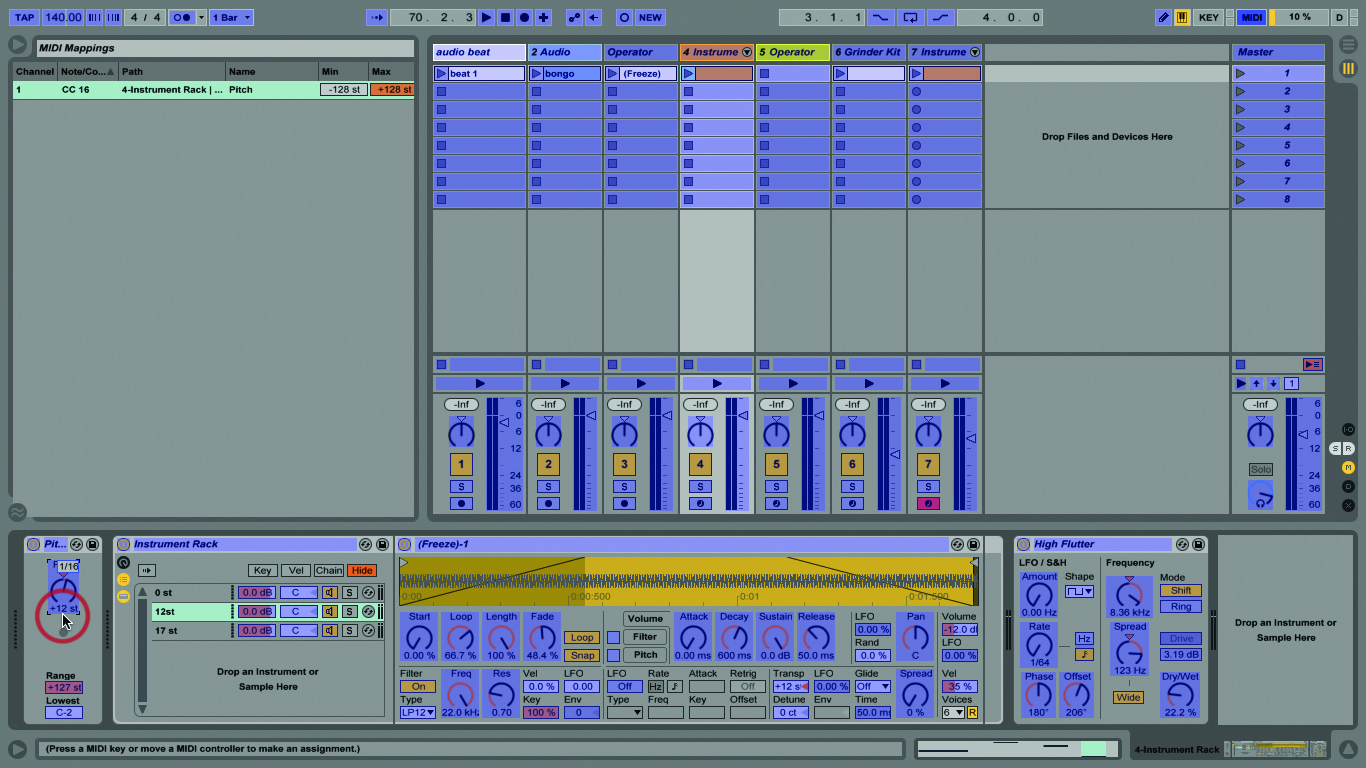
9: By adding Pitch to every track, then assigning the controls on each one to the same MIDI controller, you could transpose your entire song; useful if you’re having problems finding a suitable pitch for vocals.
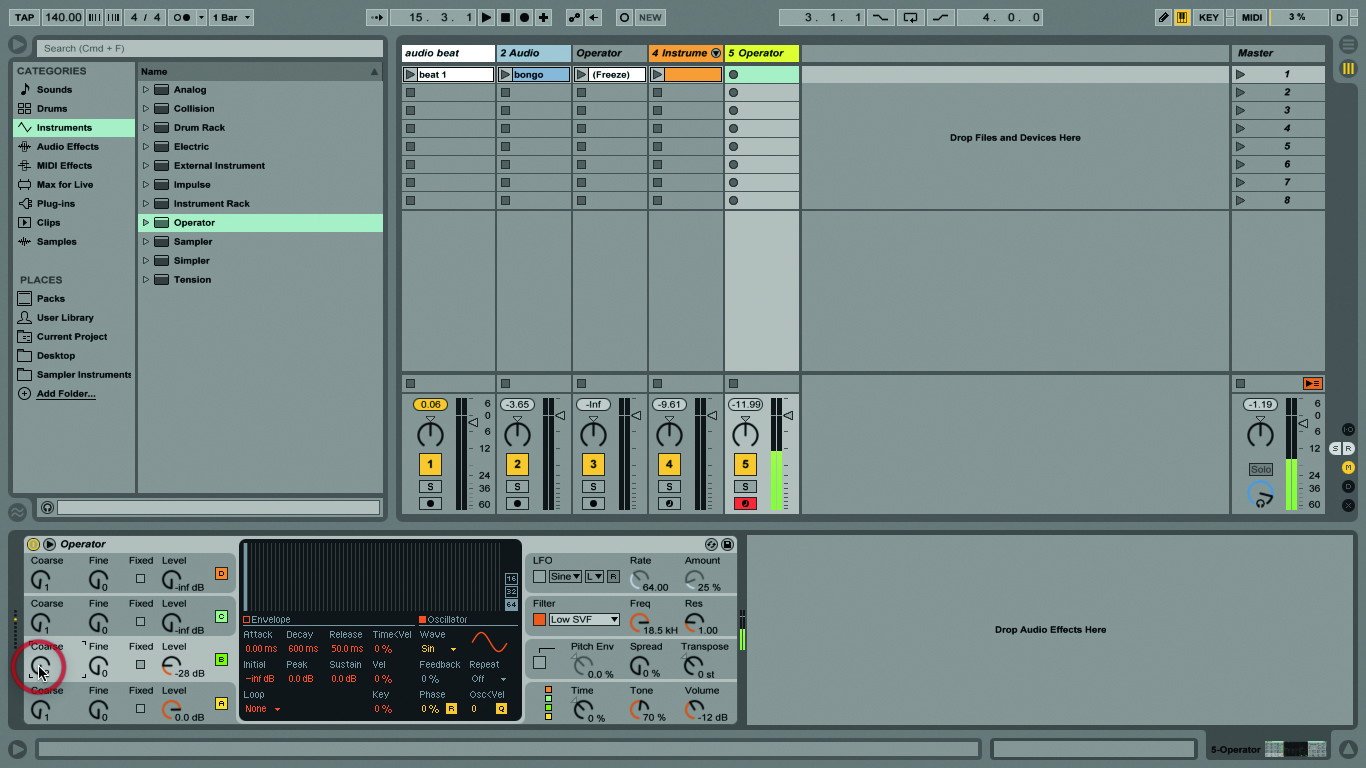
10: Operator is full of pitch fun. There’s the global Transpose control – to quickly transpose your synth parts in semitones; the pitch envelopes; and fine tuning for the oscillators/operators using the Coarse and Fine controls.
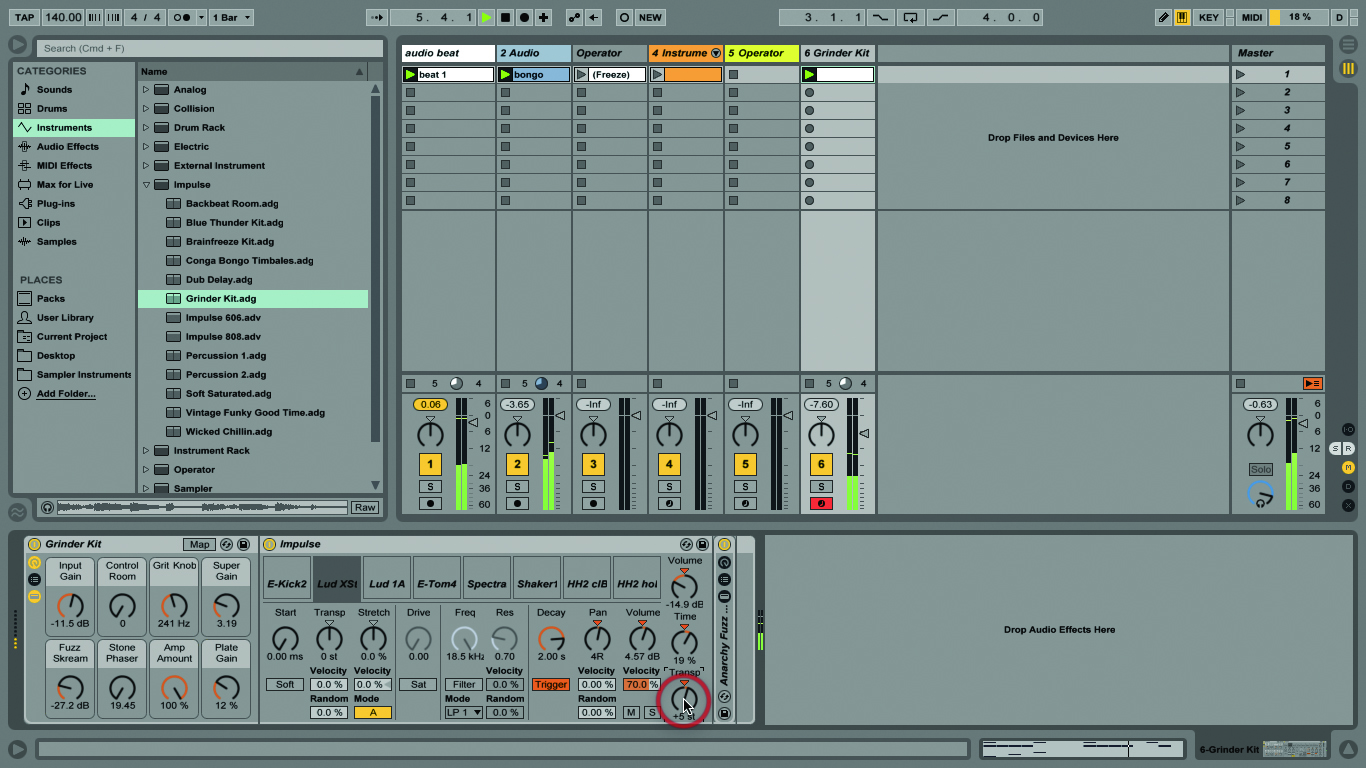
11: Live’s venerable Impulse sample player has its fair share of pitch controls. Each of the eight samples can be transposed, and the entire kit can be transposed simultaneously. Use clip envelopes to automate if required!
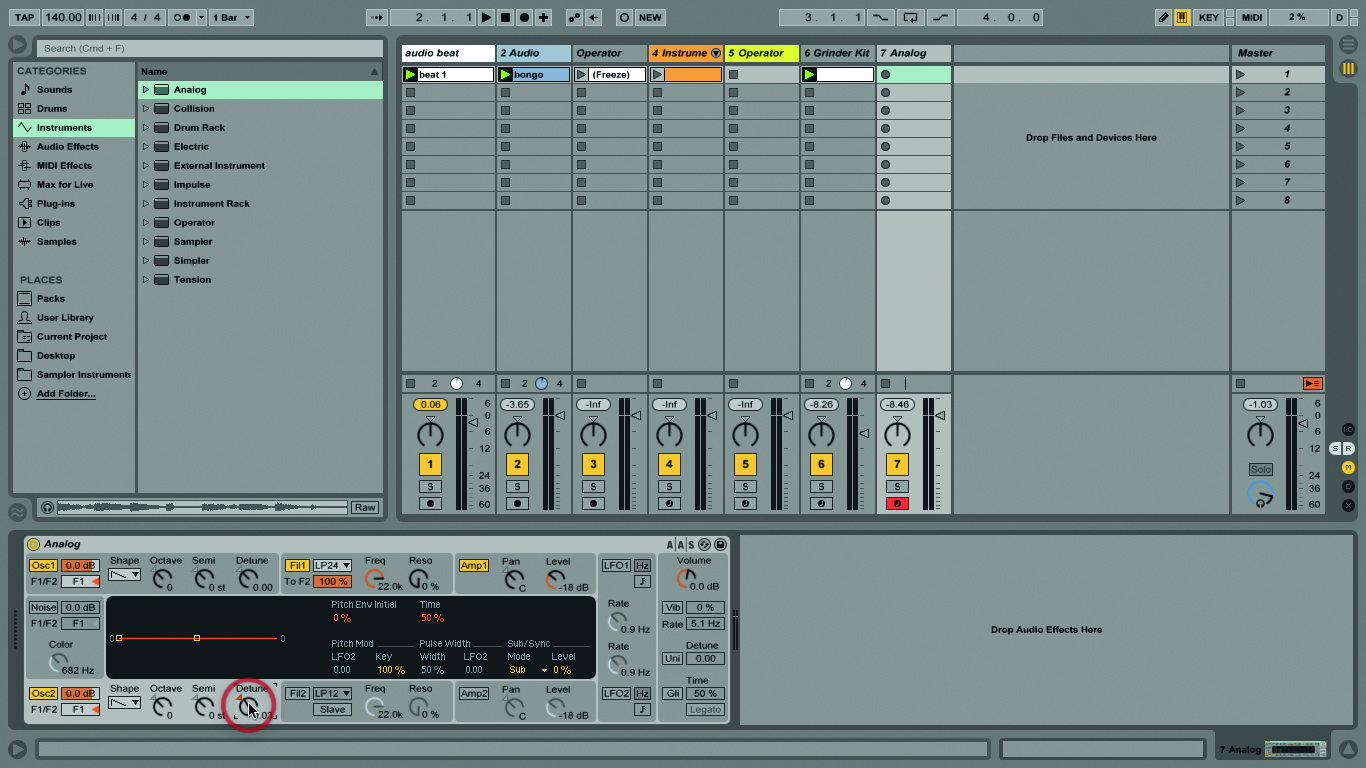
12: Similarly, you’ll find pitch-related controls in every Live instrument, to varying degrees. Analog, for example, has independent octave, semitone and cent tunings for each oscillator, which could help create some vintage synth pitch wonk!
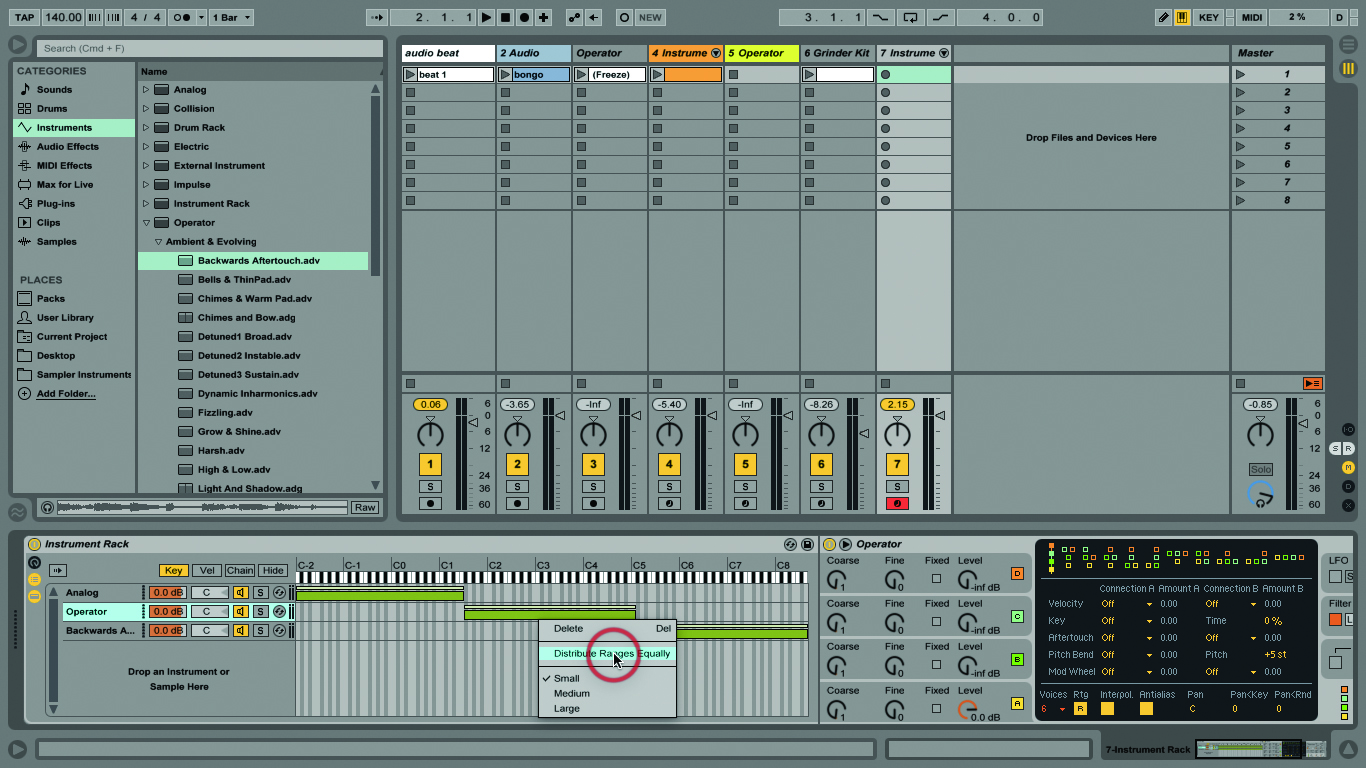
13: When you’re using instrument racks, you can use pitch – the range of notes you’re playing on the keyboard – to determine which chain in the rack plays at any given time, creating splits or zones.
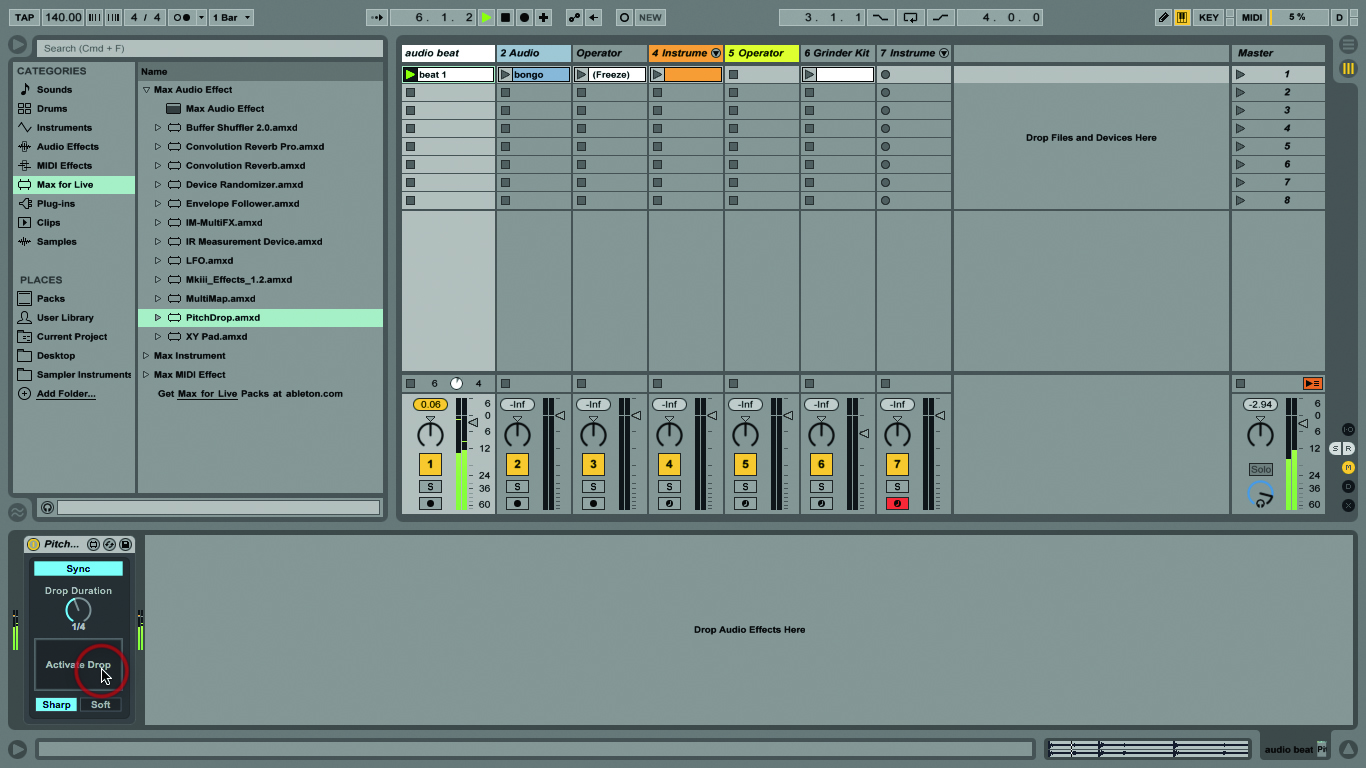
14: One of the default Max For Live audio effects is Pitch Drop, which emulates the effect of a vinyl record stopping. Set the drop duration and trigger the drop by MIDI control or a mouse click.
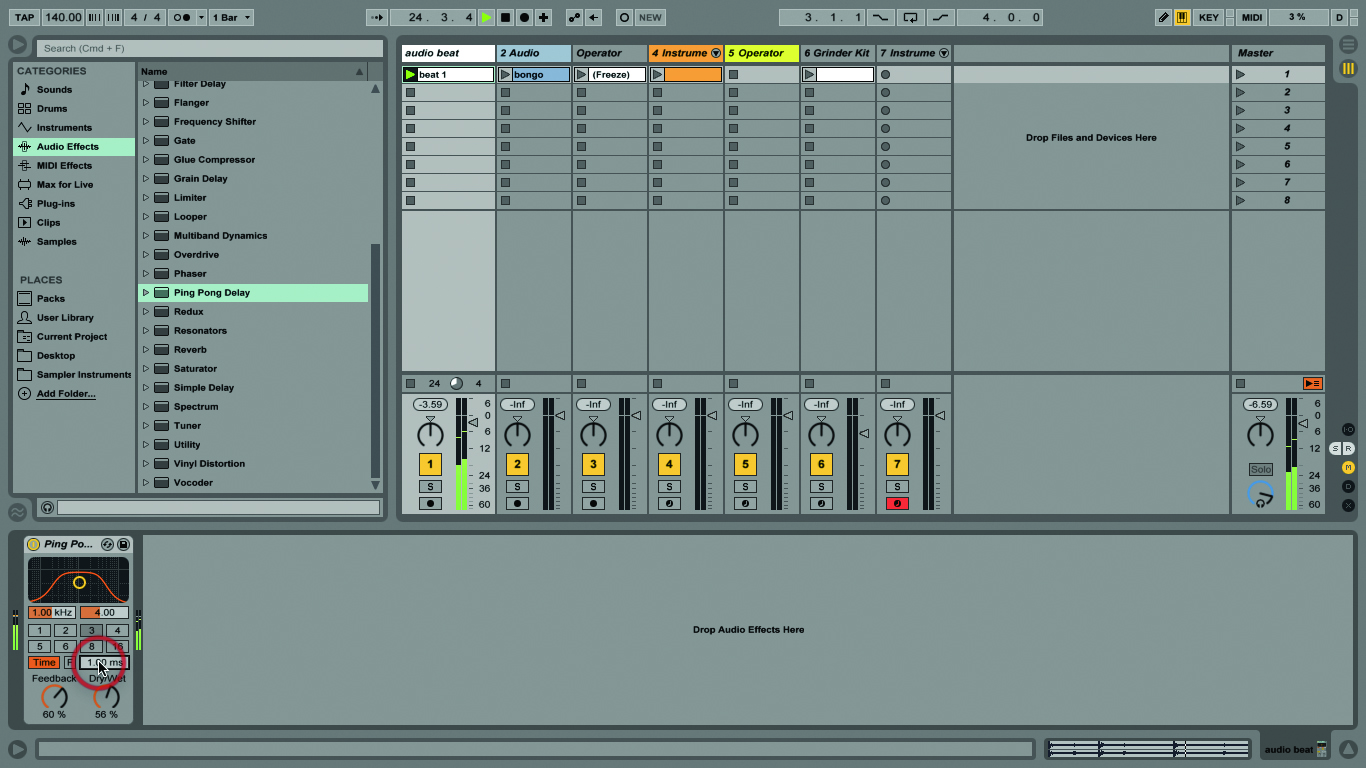
15: You can get some interesting pitch effects with Ping Pong Delay. Load Ping Pong Delay and right-click on it, choosing Repitch. Now as you change delay time, the delay repeats will change pitch.

16:If you’re using the Resonators effect, tune it to the correct pitch for your song using the Note control. This sounds more musical than leaving it at the default value. Try it on track 2 – the bongos.
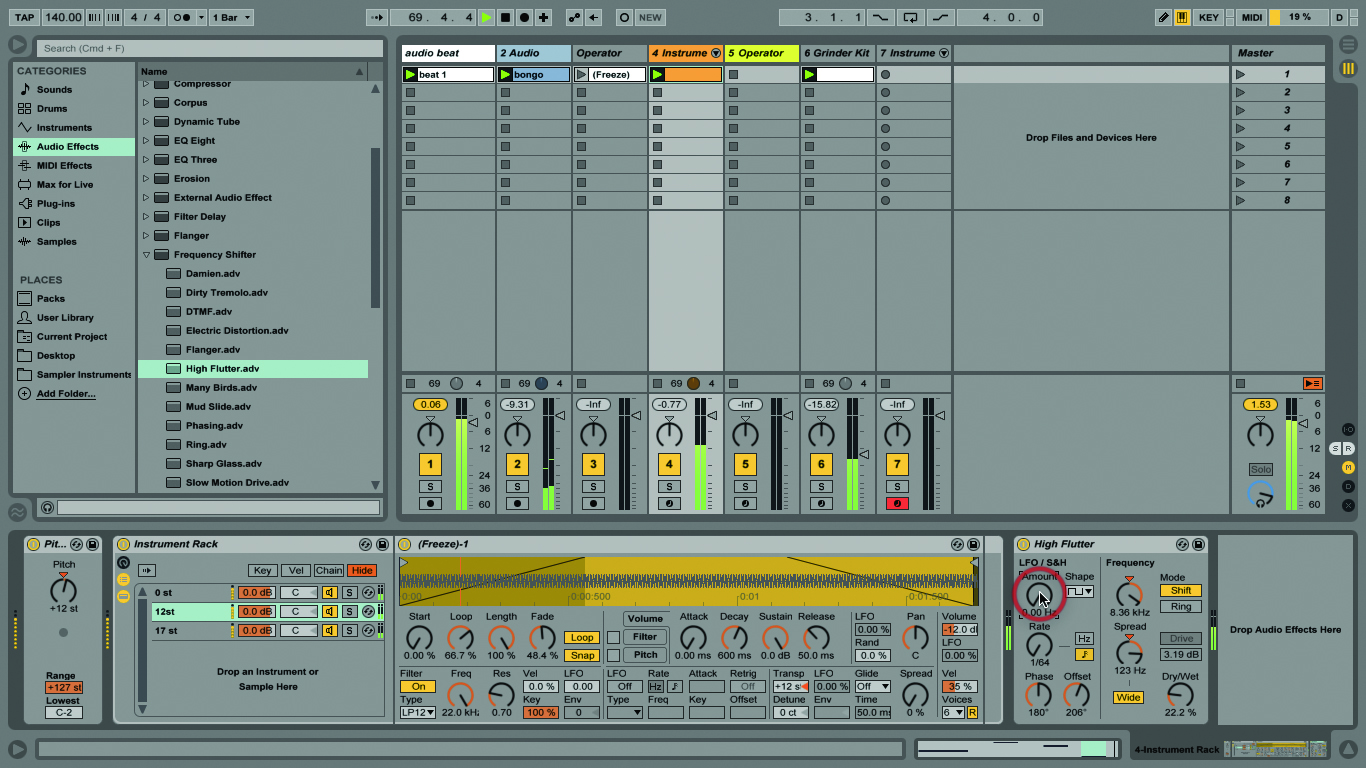
17: Live’s Frequency Shifter isn’t strictly a harmonizer. It changes the frequency of the signal (and pitch=frequency), offsetting the pitch in Hz. You’re getting into flanger sounds and off-kilter craziness.
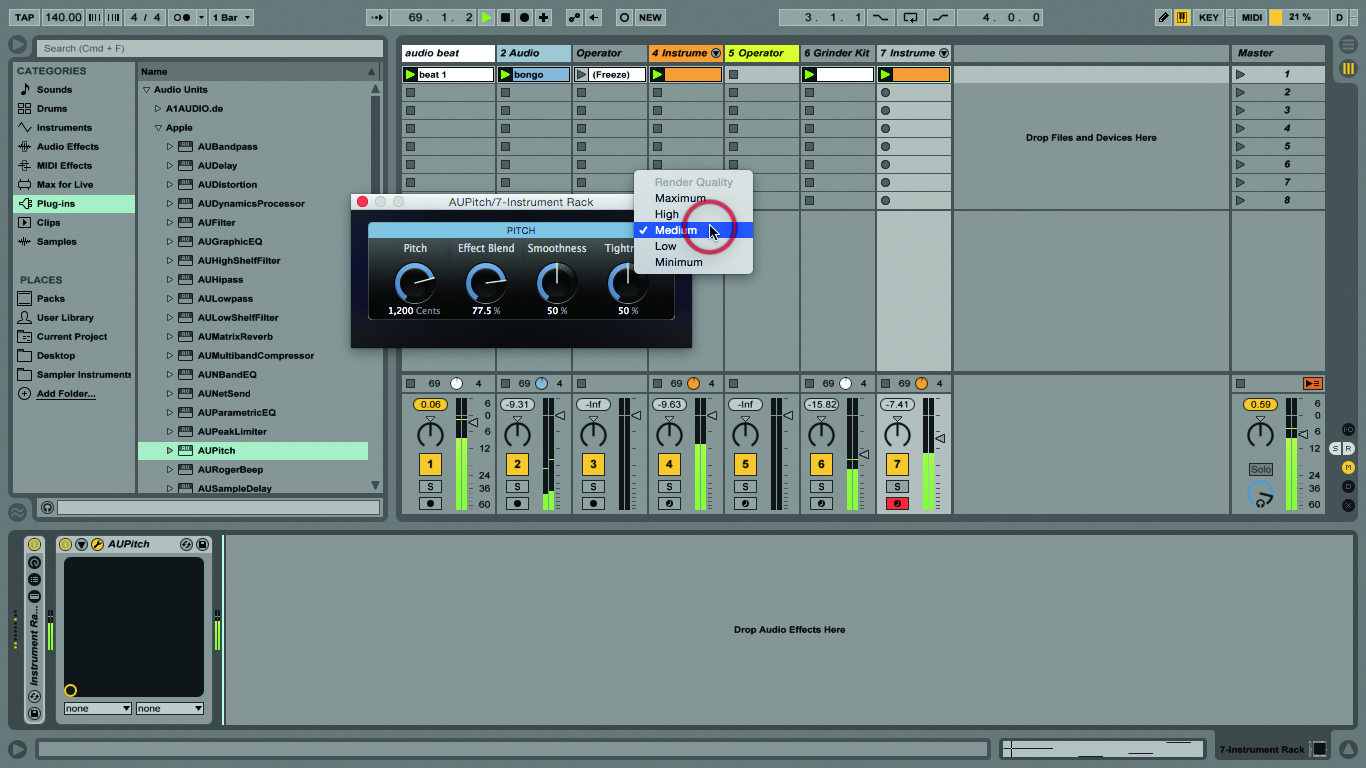
18: OS X has built-in Audio Unit effects, such as AUPitch. You have to dial up a pitch offset in cents. You might need to lower the quality setting to avoid latency, too.
